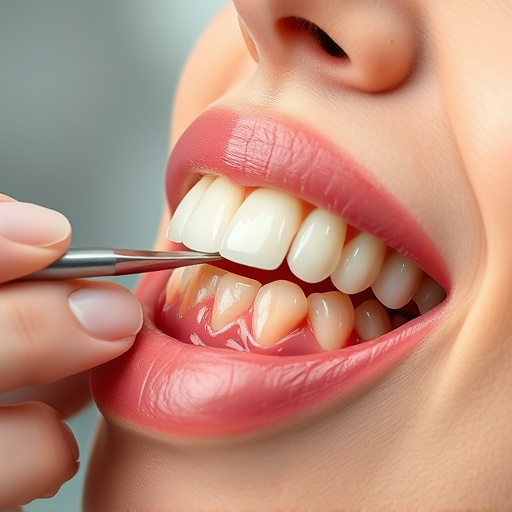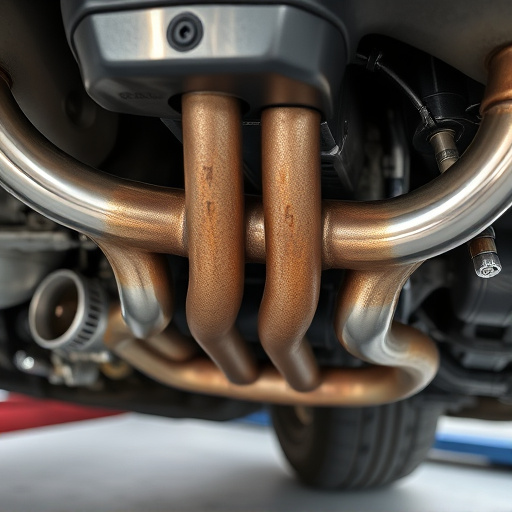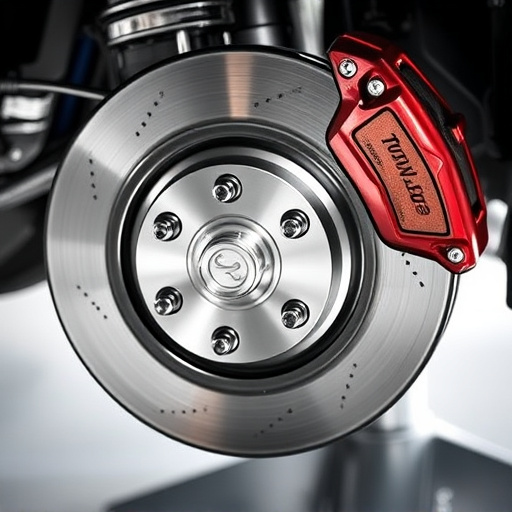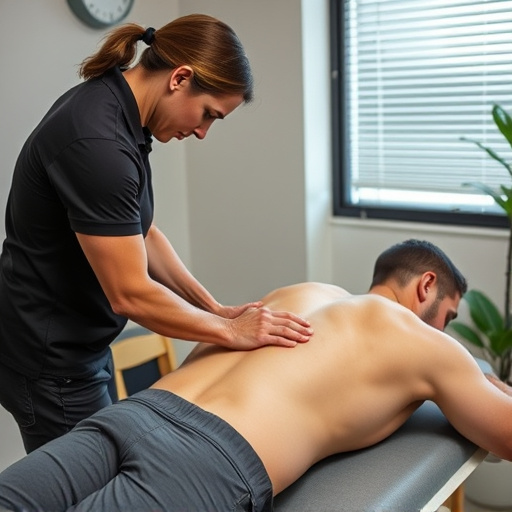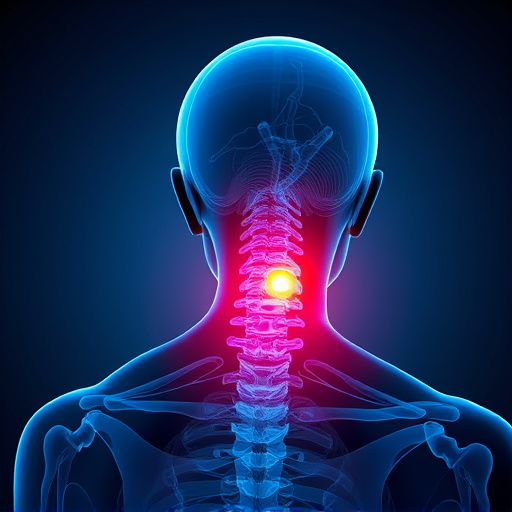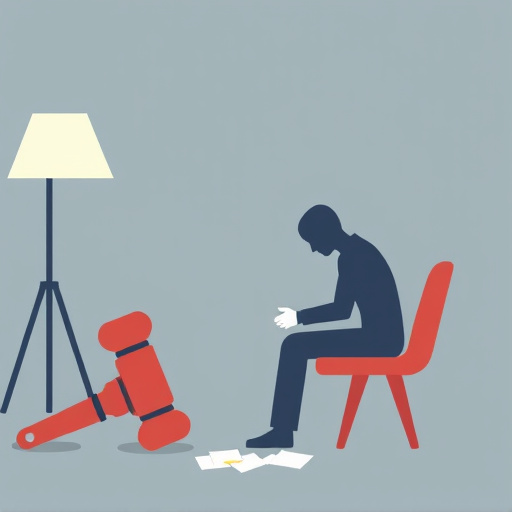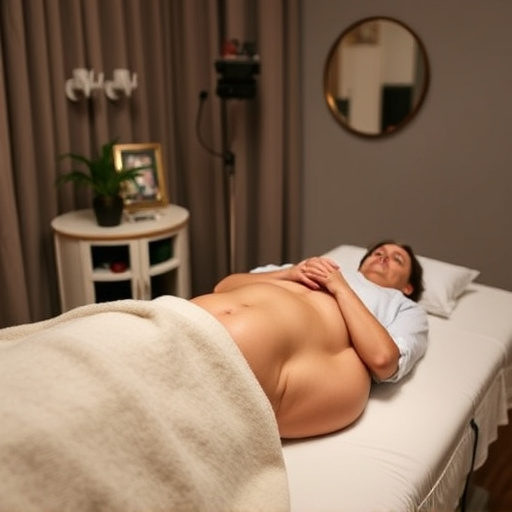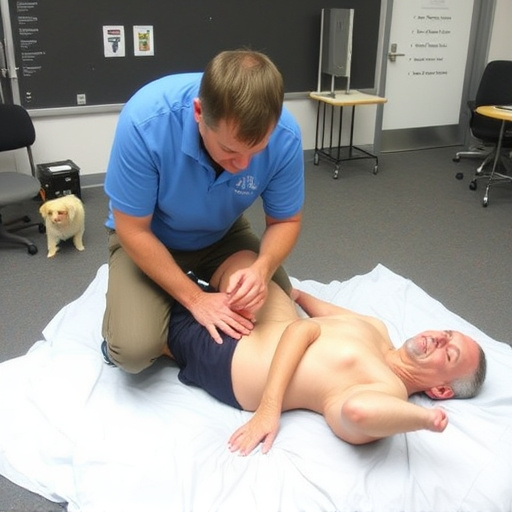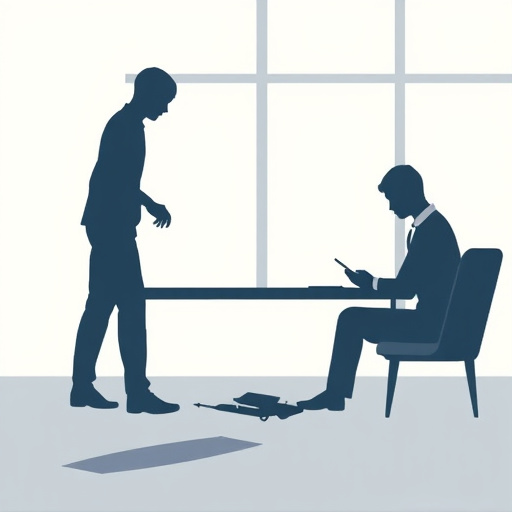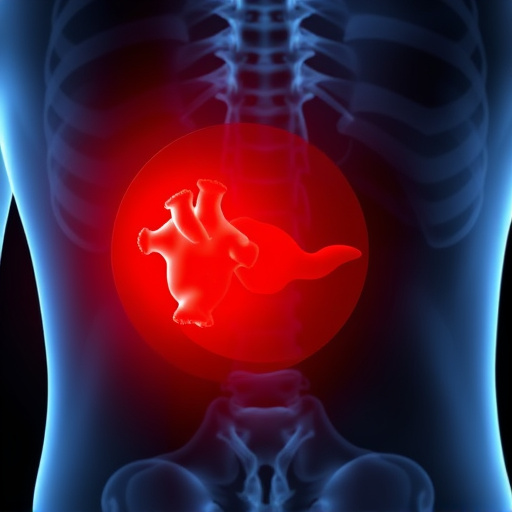A herniated disc, caused by a shifted spinal disk, leads to nerve compression and symptoms like pain, numbness, or weakness. Effective herniated disc treatment involves conservative methods such as chiropractic care, physical therapy, and medication. Communication with healthcare professionals is key for personalized guidance. Post-treatment care emphasizes exercise, modifications, and regular physical therapy to strengthen the back, improve flexibility, and prevent re-injury. Core strengthening exercises, pain management, and gradual activity reintroduction are crucial components of a structured rehabilitation process.
A herniated disc can be a painful and debilitating experience, requiring careful management and treatment. This article guides you through the process of preventing re-injury during and after herniated disc treatment. We’ll first demystify herniated discs and their impact on the body, then provide practical strategies for effective recovery. Next, we’ll offer valuable post-treatment care tips to help avoid re-injury and promote long-term health. By understanding these key aspects of herniated disc treatment, you can accelerate your road to recovery and reduce the risk of future complications.
- Understanding Herniated Discs and Their Impact
- Strategies for Effective Recovery and Prevention
- Post-Treatment Care: Tips to Avoid Re-Injury
Understanding Herniated Discs and Their Impact
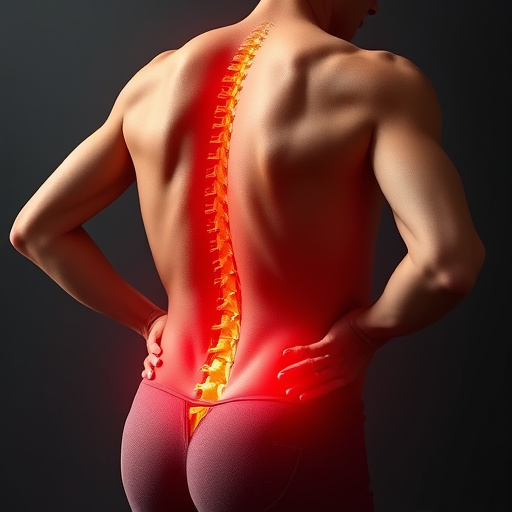
A herniated disc occurs when the soft, spongy material between the vertebrae of the spine pushes out of place, potentially putting pressure on nearby nerves. This condition can cause significant pain, numbness, or weakness in various parts of the body, depending on which nerves are affected. It’s crucial to seek appropriate herniated disc treatment to manage symptoms and prevent further damage.
Understanding the impact of a herniated disc starts with recognizing that it can lead to acute or chronic pain, including headaches relief for some individuals. In many cases, conservative treatments like chiropractic adjustment, physical therapy, and medication can significantly alleviate symptoms and aid in the healing process. Additionally, focusing on activities that avoid aggravating the injury, such as maintaining proper posture and steering clear of heavy lifting, is essential to prevent re-injury during recovery.
Strategies for Effective Recovery and Prevention
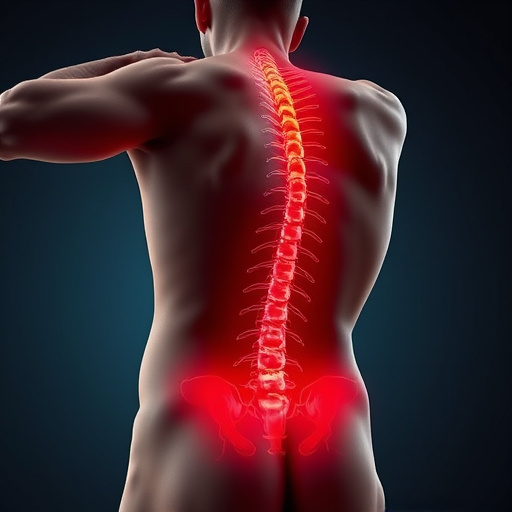
During herniated disc treatment, implementing effective strategies can significantly aid in recovery and prevent re-injury. One key aspect is to maintain open communication with healthcare professionals who can provide tailored guidance based on your specific condition. This includes adhering to prescribed exercises and physical therapy routines designed to strengthen back muscles and improve flexibility. Incorporating these activities into a regular wellness care regimen ensures better stability and reduces the risk of future strain.
Additionally, choosing non-invasive treatment options can be beneficial for herniated disc management. Techniques such as heat or ice therapy, massage, and acupuncture may alleviate pain and promote healing. Consistency in applying these methods, alongside proper posture and ergonomic habits, contributes to a more comprehensive injury rehabilitation process. By combining medical guidance with proactive wellness care, individuals can effectively recover from herniated discs and minimize the chances of re-injury.
Post-Treatment Care: Tips to Avoid Re-Injury
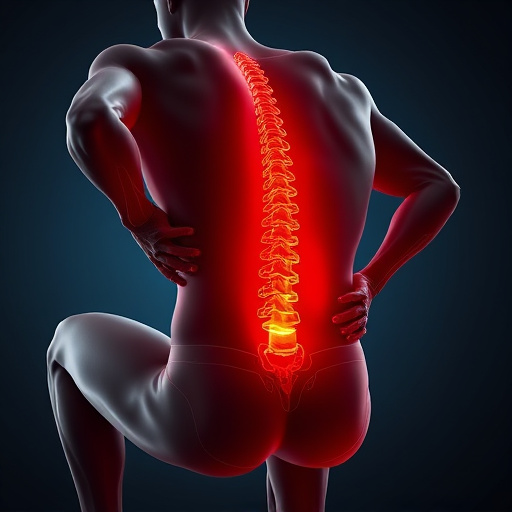
Post-treatment care plays a pivotal role in preventing re-injury after a herniated disc. Once your treatment plan is completed, it’s crucial to continue with specific exercises and modifications to strengthen your back and improve flexibility. Regular physical therapy sessions can help regain mobility and teach you proper body mechanics for daily activities and sports. Incorporating core strengthening exercises into your routine is essential as strong abdominal muscles support your spine and reduce the risk of further strain.
Additionally, managing pain and inflammation through prescribed medications or natural remedies can aid in faster healing. Resting adequately, especially during the acute phase, allows your body to recover effectively. It’s also vital to listen to your body and avoid pushing yourself too hard. Gradually reintroduce physical activities, considering the type of movement and intensity suitable for recovery. Remember, sports injury recovery and soft tissue injuries often benefit from a structured yet gentle rehabilitation process to ensure long-term health and prevent re-occurrence.
Preventing re-injury during and after herniated disc treatment is crucial for a full recovery. By understanding the condition, adopting effective strategies, and following post-treatment care tips, you can significantly reduce the risk of relapse. Regular exercise, proper posture, and gradual return to activities are key components of a successful prevention plan. Remember, a proactive approach ensures a healthier, more active future without the burden of recurring disc issues.
